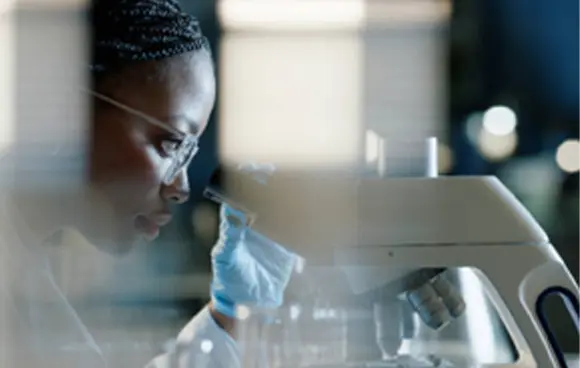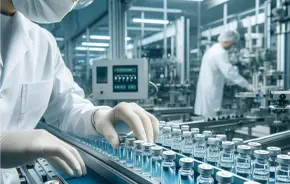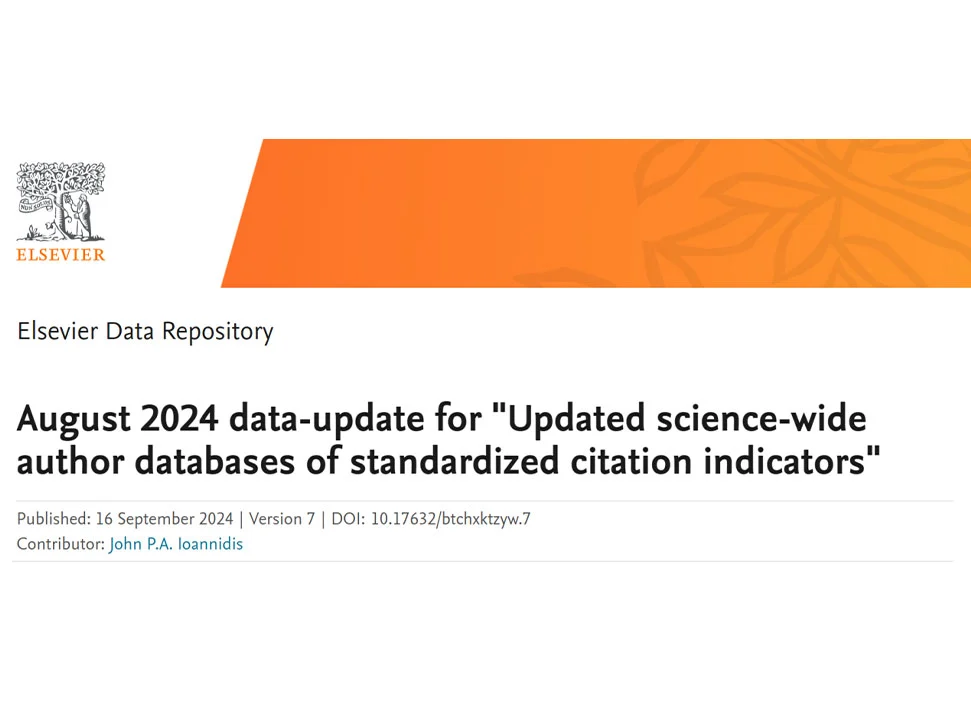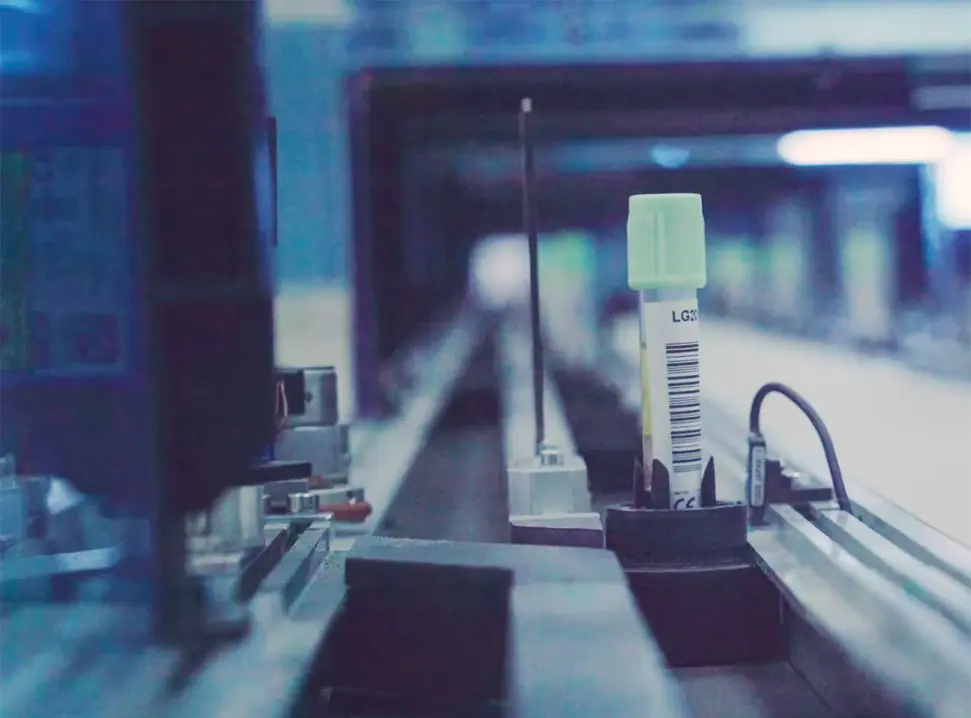Traditional drug discovery has long been a costly and uncertain process, requiring around $2.6 billion and over ten years to bring a drug to market, with a success rate of less than 10%. However, artificial intelligence (AI) is changing this dynamic, transforming drug development into a more calculated and efficient science. By 2025, AI-assisted drug pipelines are expected to contribute to 35% of new drug developments, with small-molecule drugs leading the way, as they account for more than 60% of AI adoption in this space.
AI has already demonstrated its potential in pharmaceutical breakthroughs, such as Pfizer's AI-optimized COVID-19 antiviral, Paxlovid, and Insilico Medicine's AI-generated antifibrotic drug. These advances highlight the role of AI in accelerating drug discovery and reshaping the future of medicine. This article explores the three core AI-driven principles that are revolutionizing small-molecule drug design:
Rewriting the "Rule of Five" – How AI redefines drug-likeness
ADMET Prediction – How AI predicts toxicity and metabolism, reducing failures
Generative AI – Using AI to generate molecules and tackle previously undruggable targets
1. Drug-Likeness Reimagined: How AI Breaks the "Rule of Five"
The "Rule of Five," introduced by Lipinski, has historically governed the design of drug-like molecules, setting criteria such as a molecular weight under 500 and fewer than five hydrogen bond donors. However, many effective real-world drugs do not conform to these rules. For example, the antibiotic Azithromycin has a molecular weight of 749, which exceeds the rule's limit by 50%, and the cancer drug Paclitaxel has seven hydrogen bond donors, 40% more than allowed.
Moreover, 99.9% of chemical space remains unexplored, with human chemists having only synthesized a tiny fraction of the possible molecules. AI addresses this limitation by creating adaptive drug-likeness rules that are tailored to specific disease types. For instance, AI allows for larger molecules in drugs designed for infectious diseases, while prioritizing molecules that can pass through the blood-brain barrier for central nervous system (CNS) drugs.
A case study of Exscientia's A2A receptor antagonist (DSP-1181) illustrates this approach. This drug violated three of Lipinski's traditional rules—its molecular weight was 530, and it had six hydrogen bond donors—but it proved to be 100 times more active and reached preclinical trials in just 12 months, compared to the four or more years typically required using traditional methods. The key takeaway is that AI doesn't just follow established rules; it rewrites them in pursuit of greater efficacy.
2. ADMET Prediction: Avoiding 90% of Clinical Failures
One of the main reasons for drug failures in Phase III trials is poor absorption, toxicity (such as liver or heart risks), and gaps in translating animal model data to humans. AI offers a solution by predicting these challenges early in the development process, significantly reducing clinical failures.
For example, traditional toxicity testing methods are slow and costly, often taking weeks to complete. AI can predict toxicity with 92% accuracy in just seconds, greatly accelerating the process. Models like Crystal AI, which predicts drug solubility, offer 92% accuracy compared to traditional methods that have only 67% accuracy. DeepMind's AlphaTox has been used to flag drugs at risk of causing heart problems, such as QT-prolongation. Additionally, AI tools like Merus AI have reduced preclinical timelines by 40% by improving cross-species metabolism predictions.
The FDA has recognized AI's potential in predicting drug failures, with Dr. Peter Marks noting that while AI cannot guarantee success, it can highlight likely failures, saving pharmaceutical companies billions of dollars by preventing costly mistakes.
3. Generative AI: From "Lego Blocks" to New Molecular Entities
Generative AI represents a significant leap in drug discovery, transitioning from virtual screening (which had a success rate of just 0.01%) to the creation of entirely novel molecules with a success rate of 5-10%. Generative AI models are designed to create new molecular entities by piecing together different chemical building blocks, much like assembling a structure from Lego pieces.
For instance, Insilico Medicine used generative adversarial networks (GANs) to design a novel antifibrotic drug. This approach took just 18 months from target identification to a preclinical candidate, six times faster than traditional methods. Similarly, Pfizer's use of AI in optimizing Paxlovid resulted in a threefold improvement in solubility and bioavailability, significantly speeding up its approval process.
Generative AI also has the power to design drugs targeting previously "undruggable" targets. For example, AI has been used to design KRAS inhibitors that bind to allosteric pockets, a feat that was considered impossible with traditional drug design methods. Additionally, AI-driven PROTACs (proteolysis-targeting chimeras) are being optimized by AI to target specific proteins for degradation, enhancing the potential for new therapies.
The Big Question: What's Left for Human Chemists?
Although AI is capable of designing millions of molecules a day, human chemists still play a critical role. AI needs human guidance to ask the right questions, define relevant targets, and interpret results effectively. While AI accelerates the drug discovery process, it remains a tool that complements human expertise, rather than replacing it.
The three foundational AI principles—dynamic drug-likeness, ADMET prediction, and generative design—are pushing the boundaries of what's possible in drug discovery. These innovations lead to faster and cheaper clinical trials, the development of entirely new classes of drugs, and breakthroughs in targeting previously untreatable diseases. While the AI revolution in pharmaceuticals is just beginning, its impact on the future of medicine is already becoming evident.
In summary, AI is not only reshaping the way drugs are discovered, but it is also setting the stage for a new era of precision medicine and more efficient, effective treatments for a wide range of diseases.









